A sea of blue-violet wildflowers stretches toward snow-capped mountains to the north. It is late May 2019, and the camas are at the peak of their bloom. The western horizon bursts into flames as the sun peeks out from behind cottony clouds. Birdsong begins to ring out across the marshland. Sights and sounds build in layers. Mother Nature has arranged a perfect feast for the senses this fine evening. And I am in the center of it all, past my ankles in thick dark water, here on the Idaho prairie, recording the wonderful soundscape.
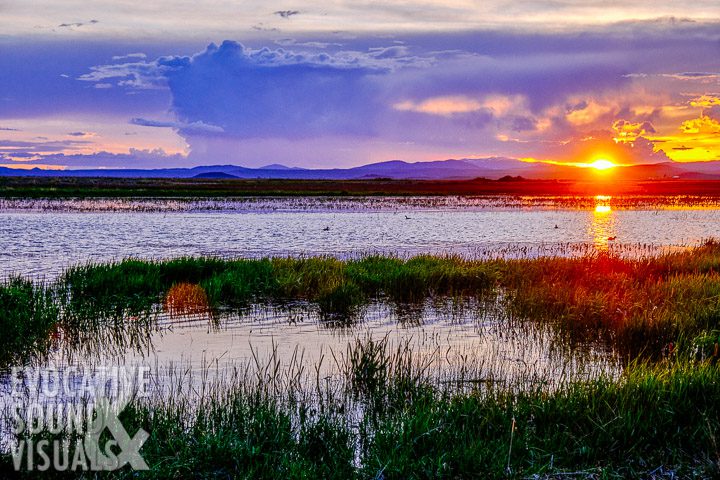
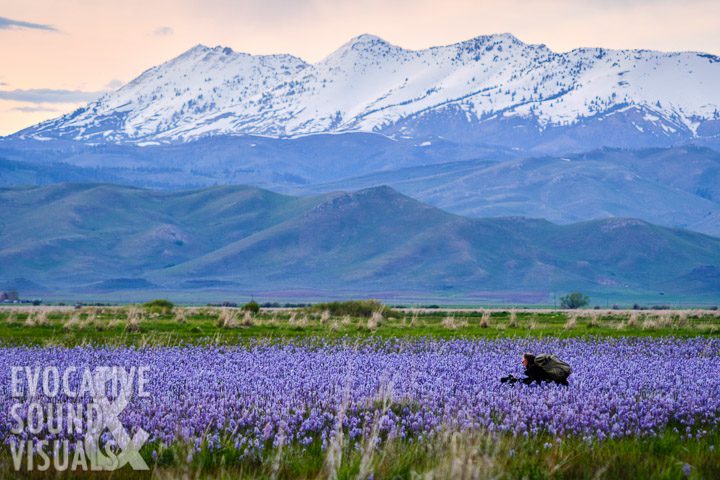
The sun has set at Camas Prairie Centennial Marsh Wildlife Management Area in south-central Idaho. I tuck my camera in for the night. Out comes a couple of microphones and a camp stool. I sit down next to what I hope will be an active pond. A familiar tone comes through my headphones as I hit the red button on my recorder.
Now I take it all in, from every direction. Tired ducks with noisy stories to share from a long day of flying touchdown. I delight in the sound they make as they come to skip, skipping in for a water landing. At the same time, I am annoyed by the sound of a roosting Yellow-headed blackbird. With his constant screeching buzz, he is stealing the show.
Also in attendance are the American Wigeon, sandhill crane, burrowing owl, great-horned owl, red-winged blackbird, Canada geese on a flyby and a few others. I swear I hear the unnerving sound of women laughing at me over and over again. A coyote’s bark startles me. I can’t quite tell if it’s up in the surrounding hills, or 10 feet away. I’m thrilled to hear it again and again but prefer it keep a distance. In the wee small hours of the morning, a Great Horned owl wakes me with its hoo-h’HOO-hoo-hoo in a tree above my head. By early morning, the soundscape changes. The dawn chorus is surprisingly quieter. With all their tales told, the birds fly away.
Time to hit the stop button, and explore with the camera once again. I can’t get over the amount of camas surrounding me. Camas lilies are perennial wildflowers native to select geographical regions of western North America. They grow in moist meadows and bloom from late May to early June. From a distance, if it’s a good year, the “Big Bloom” resembles a lake. This is a good year near Fairfield, with plenty of snowmelt coming down from Soldier Mountain, and a swollen Camas Creek to feed the plants.
Native Americans harvested calorie-rich camas bulbs extensively for food. They would pit-roast them, boil them and grind them into flour for bread. It was the Nez Perce, in 1805, that helped a hungry Lewis and Clark Expedition survive by offering camas bread to members as they trudged out of the Bitterroots. Lewis spotted the plant on the corps’ return trip, writing in his journals:
The quawmash is now in blume and from the colour … at a short distance it resembles lakes of fine clear water, so complete is this deseption that on first sight I could have swoarn it was water.
Meriwether Lewis, June 12, 1806
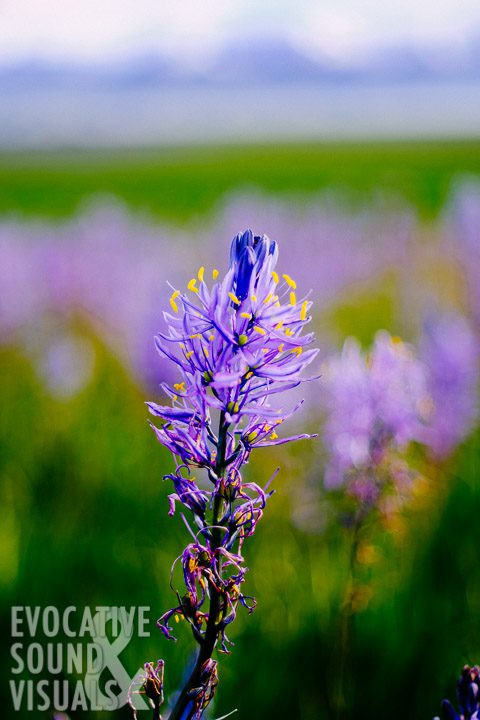
Thirty years later, Oregon Trail pioneer and missionary Narcissa Whitman came upon Camas as she ‘nooned’ along the Grande Ronde River in what is now northeastern Oregon.

She wrote in her journals:
The camas grows here in abundance, and it is the principal resort of the Cayuses and many other tribes, to obtain it, as they are very fond of it. It resembles an onion in shape and color, when cooked is very sweet and tastes like a fig. Their manner of cooking them is very curious: They dig a hole in the ground, throw in a heap of stones, heat them to a red heat, cover them with green grass, upon which they put the camas, and cover the whole with earth. When taken out it is black. This is the chief food of many tribes during winter.
Narcissa Whitman, August 28, 1836
Margaret Fuller, in her 1992 book Trails of Western Idaho, writes it was the Bannock and Shoshoni tribes that gathered camas bulbs near Fairfield, summering in the area. And goes on to explain that the Bannocks thought the Treaty of 1869 gave them rights to “Kamas Prairie.” Written as “Kansas Prairie,” it was disregarded by white settlers. A contributing cause of the Bannock War was that settlers’ pigs were digging up and eating the camas, she adds.
I came to harvest a few good photographs and collect interesting birdsong. My needs are not nearly as dire as the Corps of Discovery. Many of the West’s camas prairies have been converted to agriculture. Being shin-deep in one, even for a short time, was something very special.
Images in this post are also available for purchase. Like this stitched image panorama below, featuring the Camas Prairie Centennial Marsh Wildlife Management Area in full bloom, with Smoky Dome and the Soldier Mountains rising to over 10,000 feet in the distance. Get in touch at sales at evocativesound dot com.
Further reading:
Recording notes:
As beautiful as this camas prairie is to look at, it is sadly not immune to anthropogenic noise. A well-traveled road sits a little more than three miles to the north. Traffic decreased as the night passed, but the bowl-shaped landscape kept the noise swirling. I also chose to leave in the noise of a jet flying fairly low overhead shortly after dawn (see below). For nearly three and one-half minutes, it rattles an otherwise peaceful soundscape. This deserves to be heard for what it is, pollution. Idaho is fortunate to have the Central Idaho Dark Sky Reserve just 40 to the north in the Sawtooth Range. Wouldn’t it be nice to create such a haven for natural soundscapes as well?
I used a pair of low-noise Audio Technica 3032 omnidirectional condenser microphones in an A/B arrangement, along with a high-end Sound Devices 702 recorder at 96kHz/24 bit (the album is CD quality 44kHz/16 bit). As always, wear a nice pair of headphones or listen in front of a fantastic stereo system for the best results.
A big thank you goes to Gregory Kaltenecker, co-founder of Boise State University’s Intermountain Bird Observatory, who kindly assisted me in identifying birdsong in the recording.


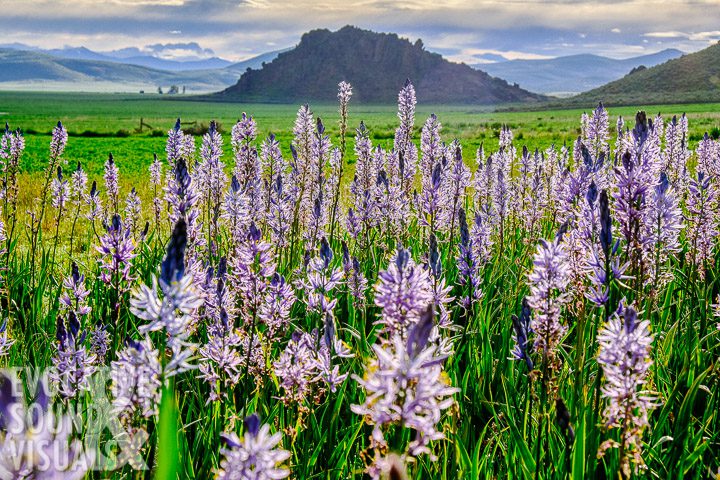
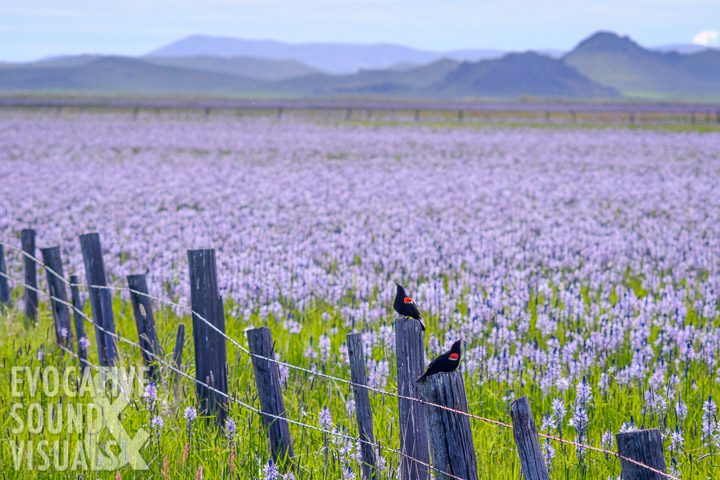
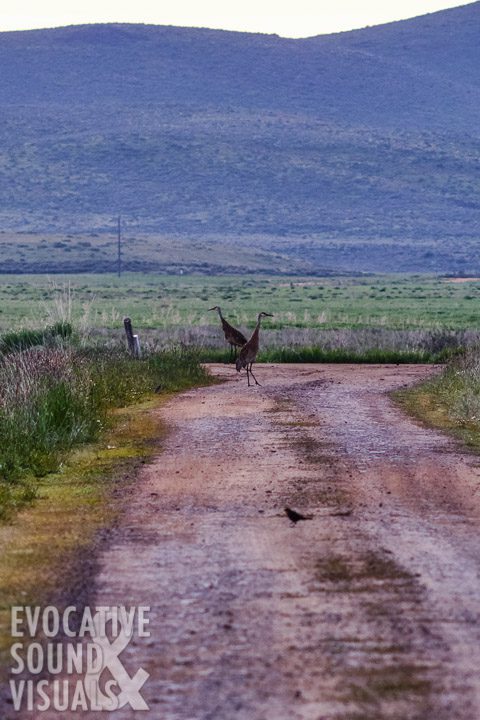
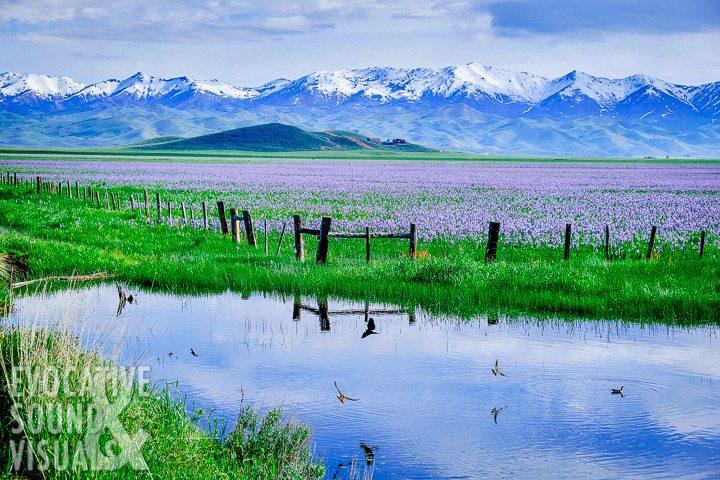
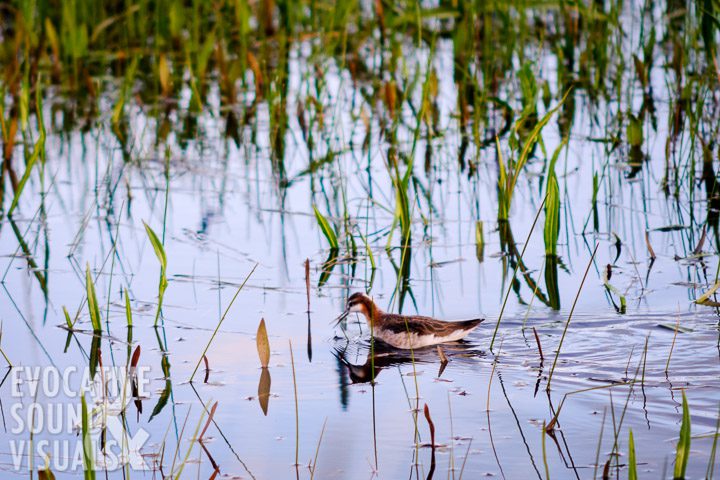
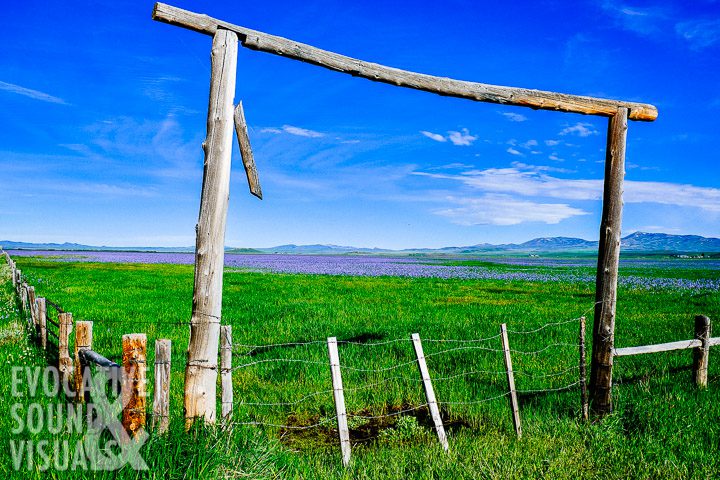
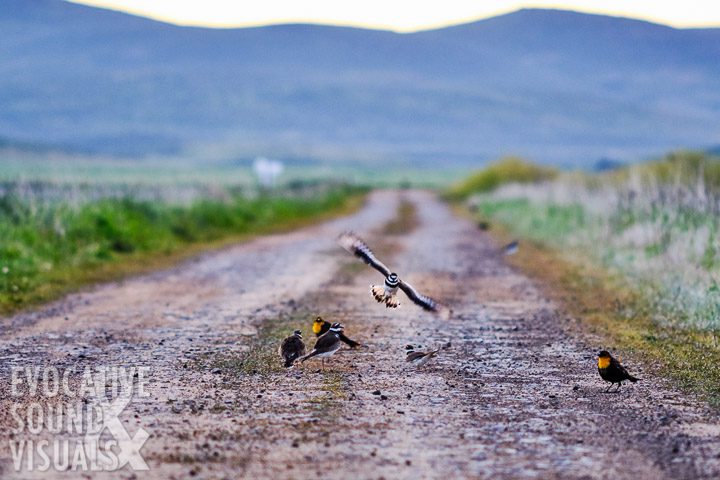
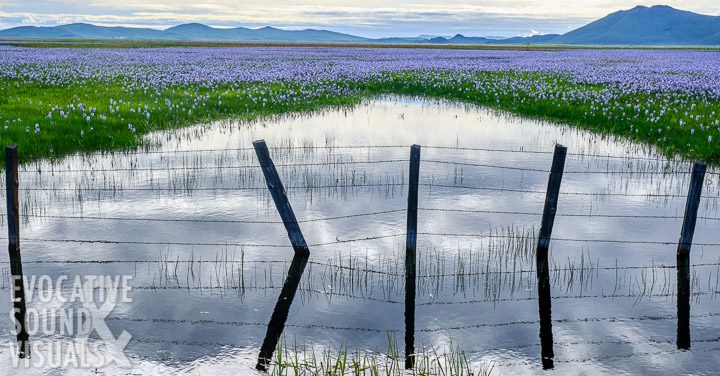
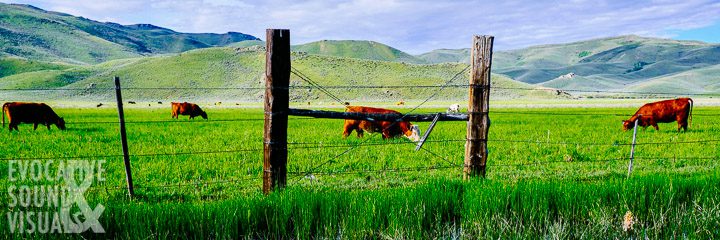
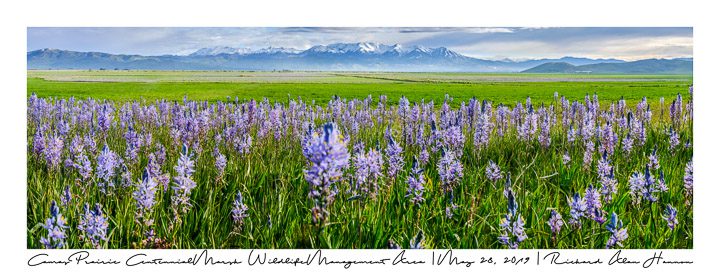

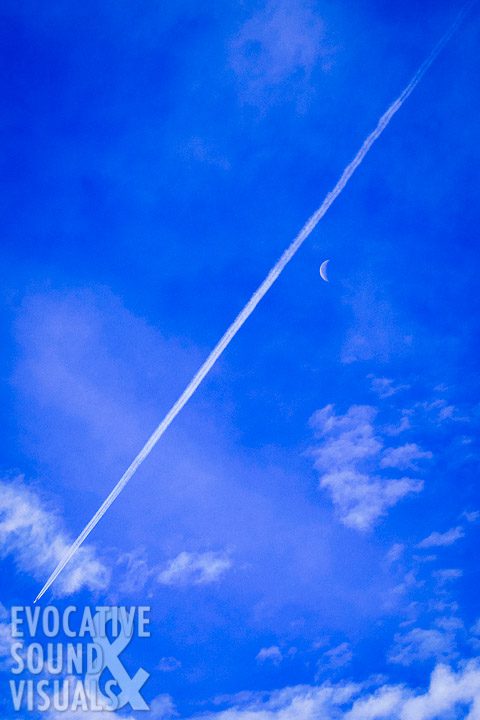
2 Responses
rick@evocativesound.com
Fintan,
I’m sorry you received the right-click message. It’s something I set up last night as a plugin for images. I wasn’t aware it would effect the store button. I’ll re-evaluate this now, and hopefully you can swing back around.
rick@evocativesound.com
Fintan, You should just be able to left click on the button to access my Bandcamp store page. Or go to my homepage at https://www.evocativesound.com/ and access the albums there. Thank you.